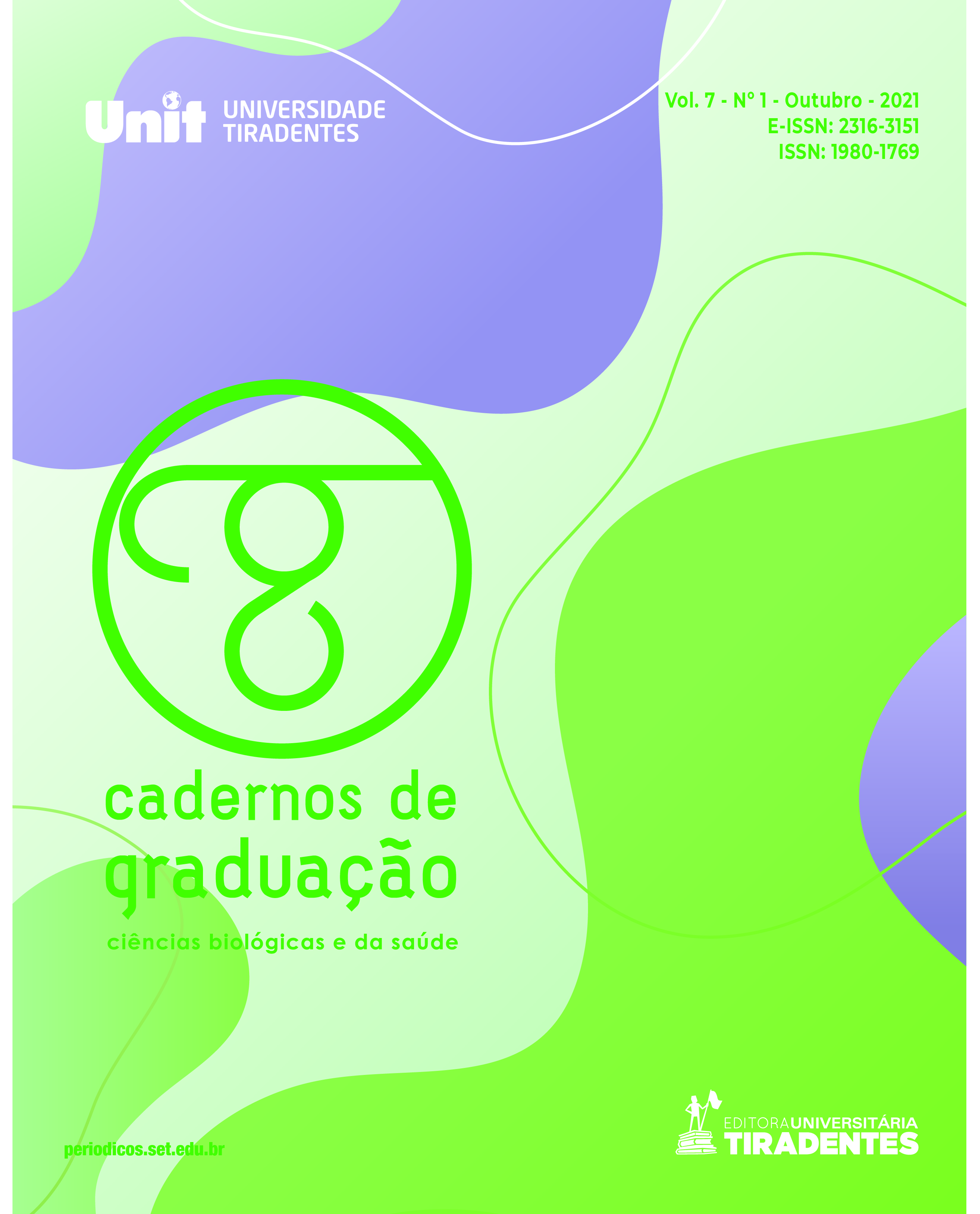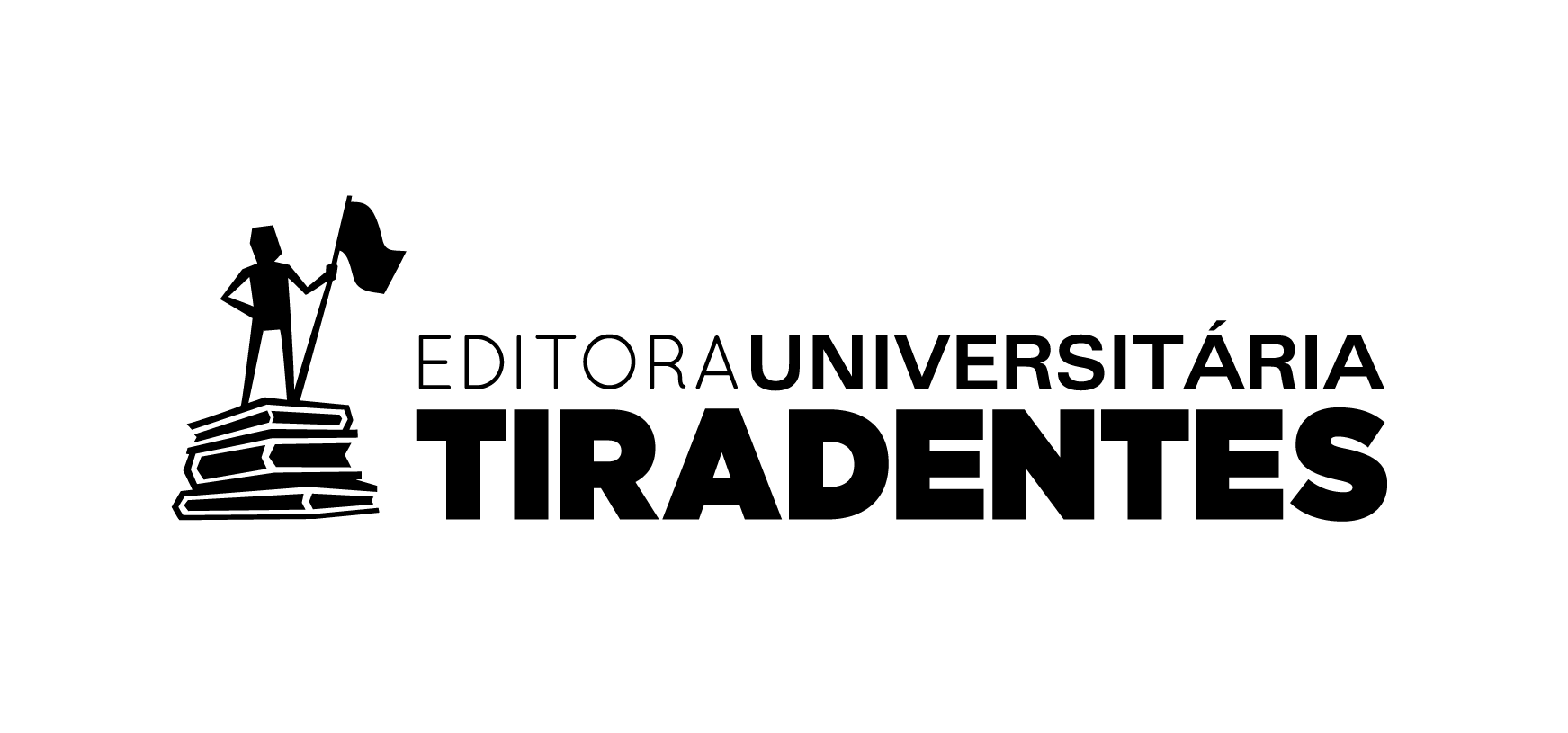A DANÇA COMO PROPOSTA DE REABILITAÇÃO E INCLUSÃO SOCIAL DE INDIVÍDUOS COM TRANSTORNO DO ESPECTRO AUSTISTA
Published
Downloads
Downloads
Issue
Section
License
Oferece acesso livre e imediato ao seu conteúdo, seguindo o princípio de que disponibilizar gratuitamente o conhecimento científico contribui para a democratização do saber. Assume-se que, ao submeter os originais os autores cedem os direitos de publicação para a revista. O autor(a) reconhece esta como detentor(a) do direito autoral e ele autoriza seu livre uso pelos leitores, podendo ser, além de lido, baixado, copiado, distribuído e impresso, desde quando citada a fonte.















